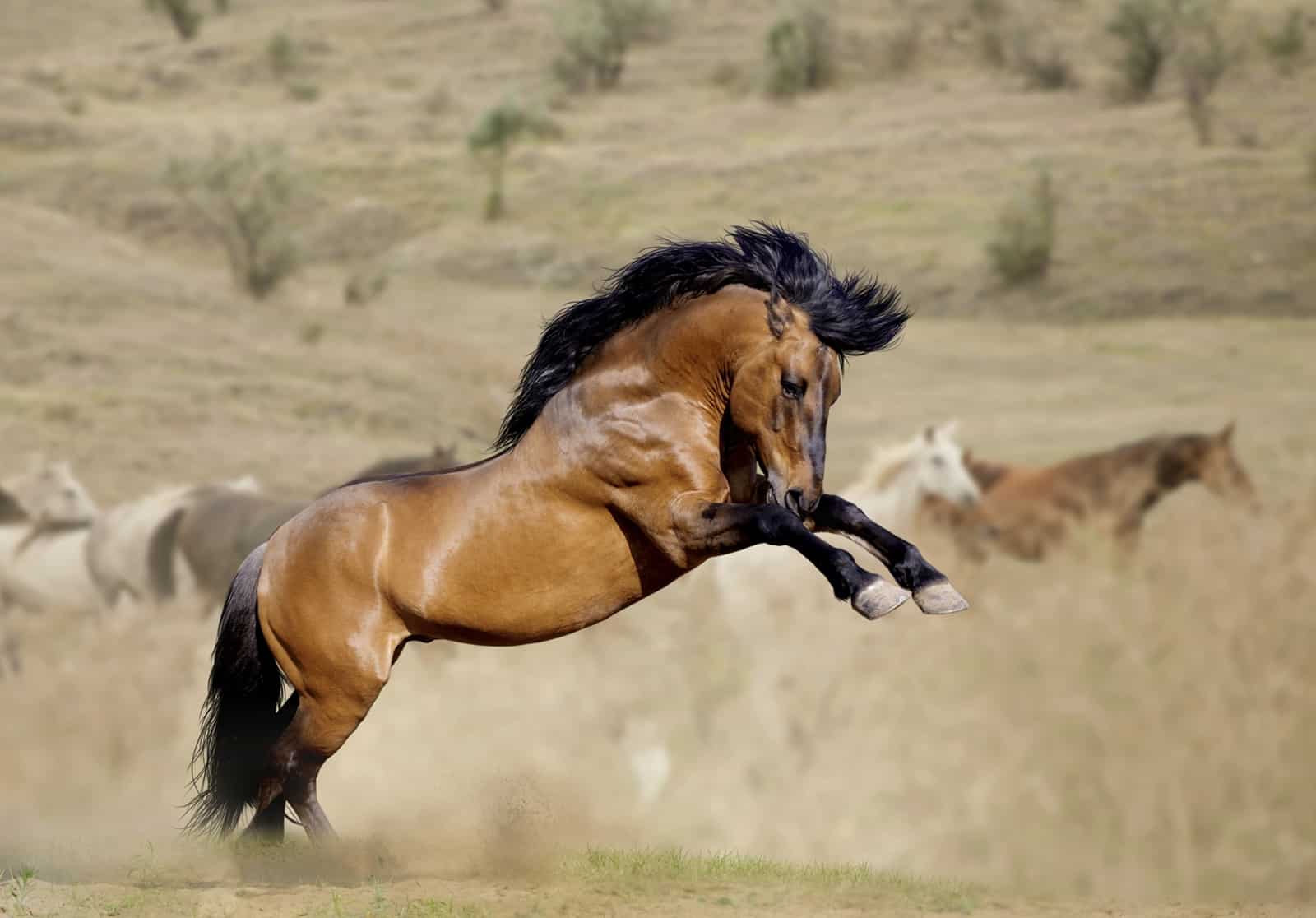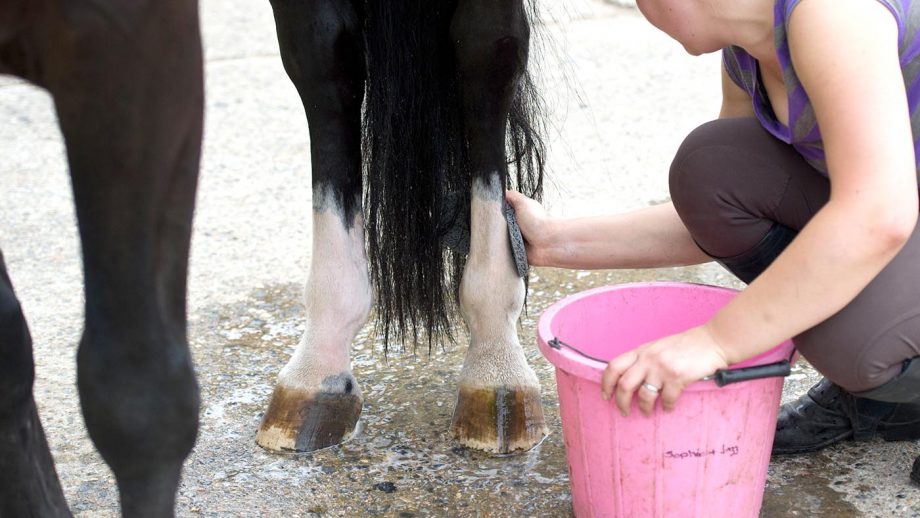For many equine enthusiasts, Mustang horses are fascinating creatures. Known for their resilience and freedom, these iconic horses roam the wild landscapes of North America. But have you ever wondered, how tall is a mustang horse? Understanding the stature of this remarkable breed is key for those interested in their characteristics and history.

The Average Height of a Mustang Horse
Mustang horses generally stand between 14 and 15 hands tall, which is around 56 to 60 inches at the withers. However, like many wild horses, there can be variation depending on their lineage and environment. This height places them in the average range for riding horses.
Understanding the Hand Measurement
The term ‘hands’ is a traditional method of measuring horse height. One hand is equivalent to four inches. So, when you hear that a Mustang is 14 hands tall, it’s roughly 56 inches. This measurement is taken from the ground to the top of the withers, the highest point of the horses back at the base of the neck.
Factors Influencing Mustang Height
The height of a Mustang horse can be influenced by several factors including genetics, nutrition, and their specific herds. On average, horses in nutritionally rich environments tend to be taller and more robust. However, Mustangs are naturally adapted to often austere environments, which can influence their size.
Their robust stature makes them well-suited for various equine activities, and their compact build provides agility and strength.
Comparison with Other Breeds
While a Mustang averages around 14 to 15 hands, here’s how it compares with other popular horse breeds:
- Thoroughbred: Typically around 16 hands tall.
- Quarter Horse: Around 14.3 to 16 hands tall.
- Arabian: Usually around 14 to 15 hands tall.
This comparison highlights that Mustangs share similarities with popular breeds like Arabians, yet are generally smaller than breeds like the Thoroughbred.
Unique Traits of Mustangs
Besides height, Mustangs are known for their robust and hardy nature. Their survival in the wild has equipped them with exceptional endurance, intelligence, and a well-defined sense of self-preservation.
History of Mustang Horses
Tracing the lineage of Mustangs takes us back to their Spanish ancestors brought to America in the 16th century. These horses, once tame, adapted to the wild, resulting in the resilient animals we know today.
Role in Todays World
Today, Mustangs are not only symbols of the American West but have also found roles in domestication for trail riding and as companion animals. Their manageable size and endurance make them suitable for various equestrian duties.
Caring for a Mustang
Feeding and Nutrition
A healthy diet is crucial in maintaining a Mustangs height and overall health. Their diet often mimics what is available in their natural habitat: grasses, hay, and the occasional browse.
Health Care
Regular veterinary care and hoof maintenance are essential. Mustangs usually require fewer health interventions due to their hardy nature but still need routine check-ups to ensure they are in good condition.
For those considering adding a Mustang to their family, understanding their needs and unique characteristics can help create a strong partnership. More details on effective horse care can be found here.

Frequently Asked Questions
Are Mustang horses suitable for beginners?
Yes, Mustangs can be suitable for beginners, especially when they are well-trained. Their size and temperament make them manageable with proper training.
What is the lifespan of a Mustang horse?
Mustangs live about 25 to 30 years on average, similar to other horse breeds.
Can Mustangs be used for competitive riding?
While not as commonly seen in traditional competitions, Mustangs excel in endurance riding and trail challenges due to their stamina and sure-footedness.







